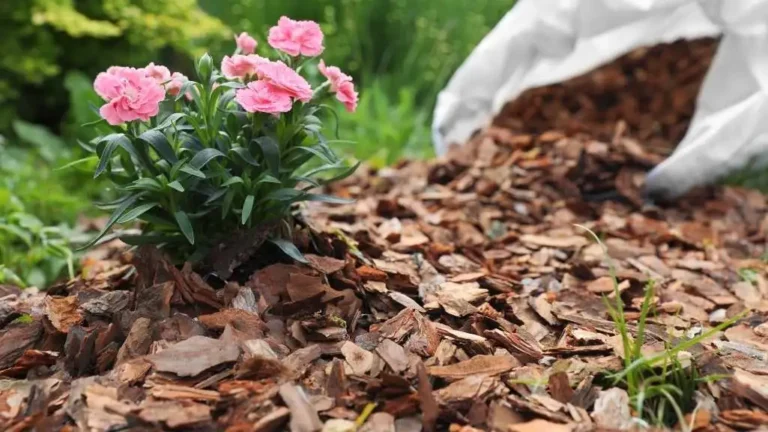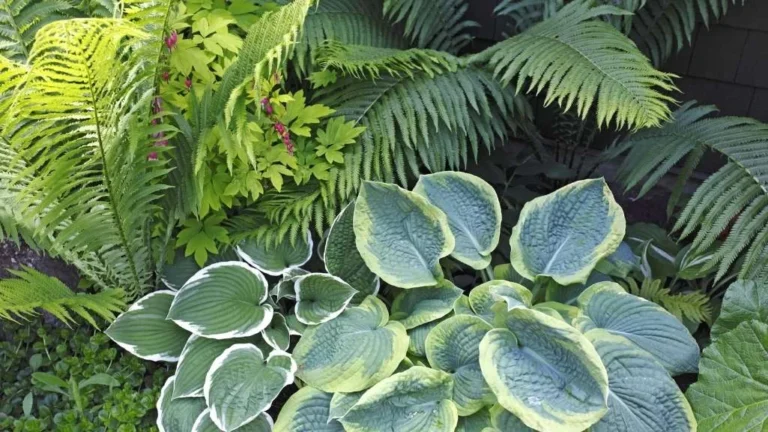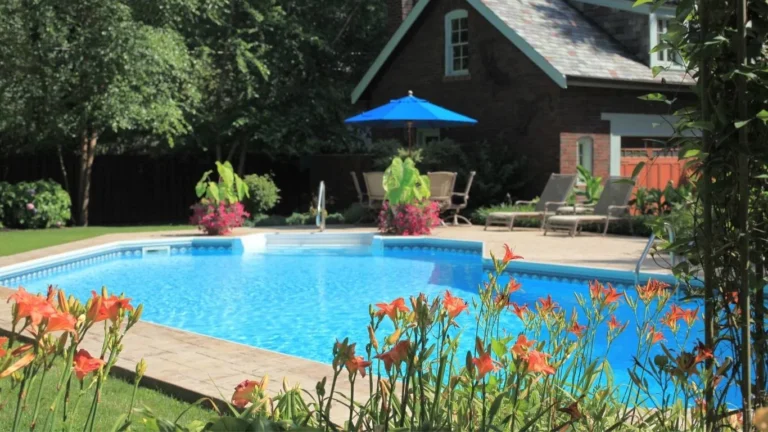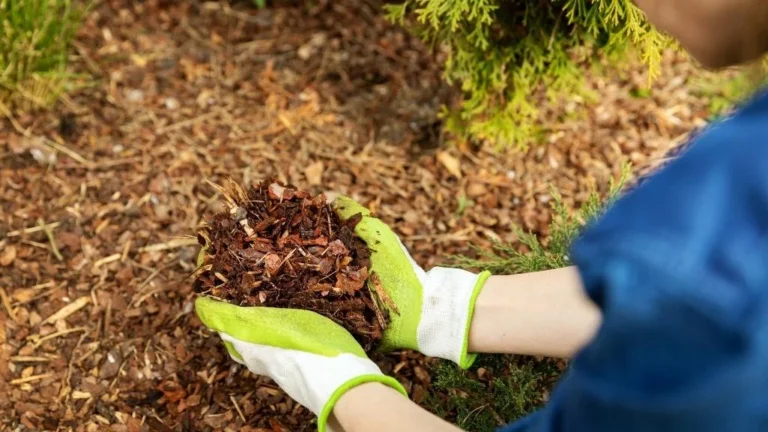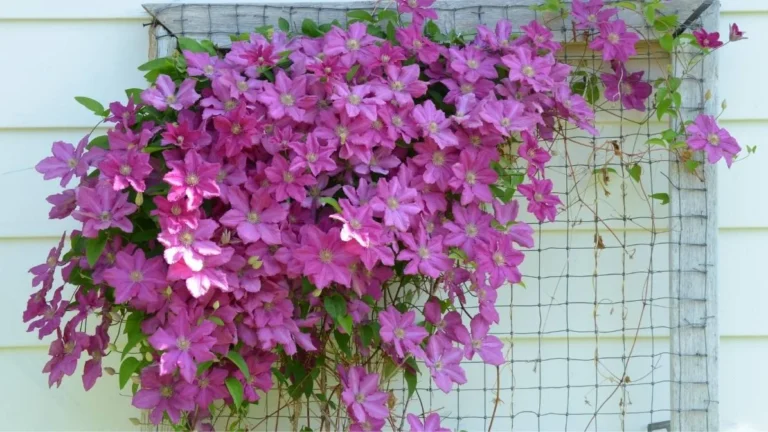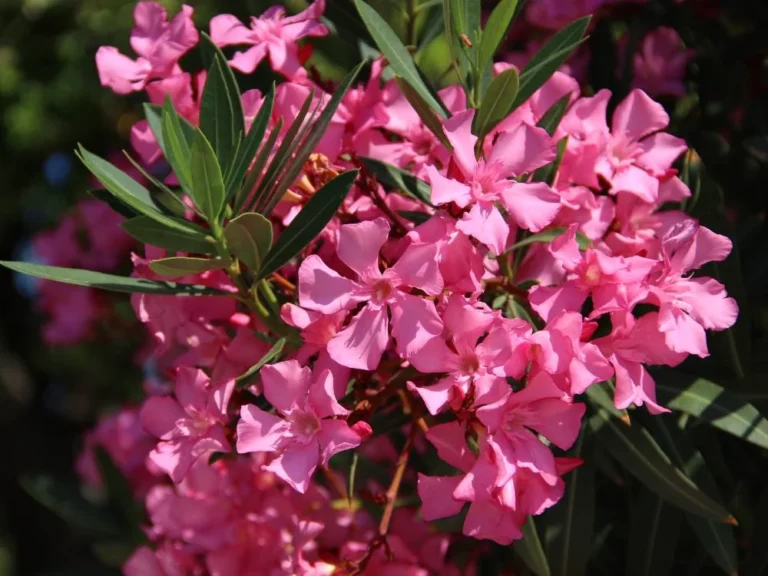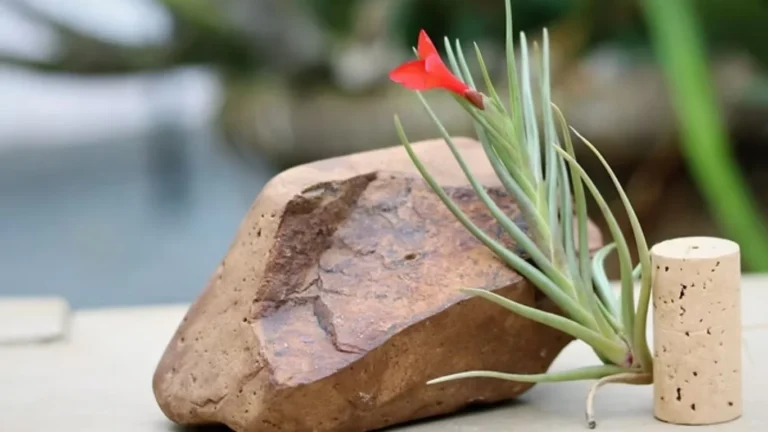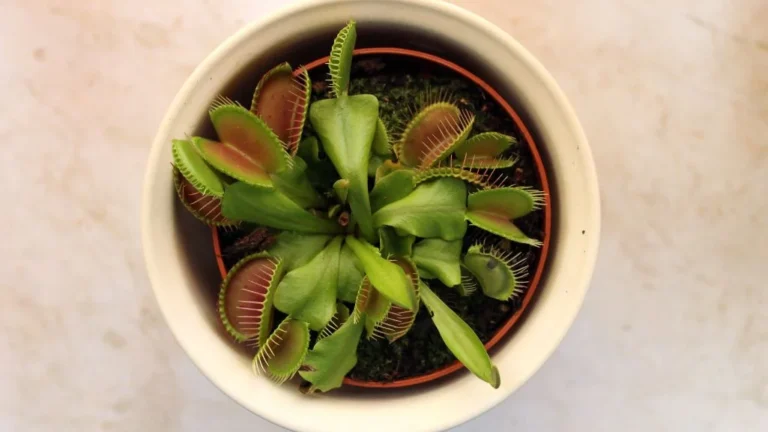Chinese Money Plant, at a Glance
Scientific name | Pilea peperomioides |
Family | Urticaceae |
Common Names | Chinese money plant, Mirror glass plant, UFO plant, Friendship plant, Pancake plant, Lefse plant, Coin plant, Missionary plant |
Native | Southern China |
Hardiness Zone | USDA Zones 10 to 12 |
Plant Type | Perennial |
Bloom | In spring |
How Chinese Money Plant Looks
Leaves
The Chinese money plant has round, coin-shaped leaves that resemble pancakes or lily pads. They are bright green in color with a smooth, glossy texture. Typically, the leaves grow to about 2 to 4 inches (5 to 10 centimeters) in diameter.
Stem
The Chinese money plant has reddish-brown slender stems that grow upright from the soil.
Height
The height of the plant depends on the growing condition. This plant can grow up to 8 to 12 inches indoors with proper care.
Chinese Money Plant’s Requirements
Requirements for Chinese money plant at a glance
Elements | Requirement |
Sunlight | Bright indirect sunlight |
Temperature | 65°F to 75°F |
Humidity | 50-70% |
Soil pH | 6.0-7.0 |
Soil mixture | Well drained |
Container | Container with drainage hole |
Water | Once the soil dries out |
Fertilizer | Once a four to six weeks during summer and spring |
Note: The soil pH level indicates how acidic or neutral the soil is. On a scale of 1 to 10, with 7 indicating neutrality, a pH value less than 7 indicates acidity, while a value greater than 7 indicates alkalinity. Chinese money plant requires slight acidity to neutralize soil pH.
Mix the Soil Properly
Pilea plants require a soil mixture that provides good drainage while retaining enough moisture to keep the plant healthy. So, the ideal soil mix for this plant includes components like regular potting mix, pumice or perlite for good drainage and aeration, and coco-coir or peat moss or orchid bark for moist holding.
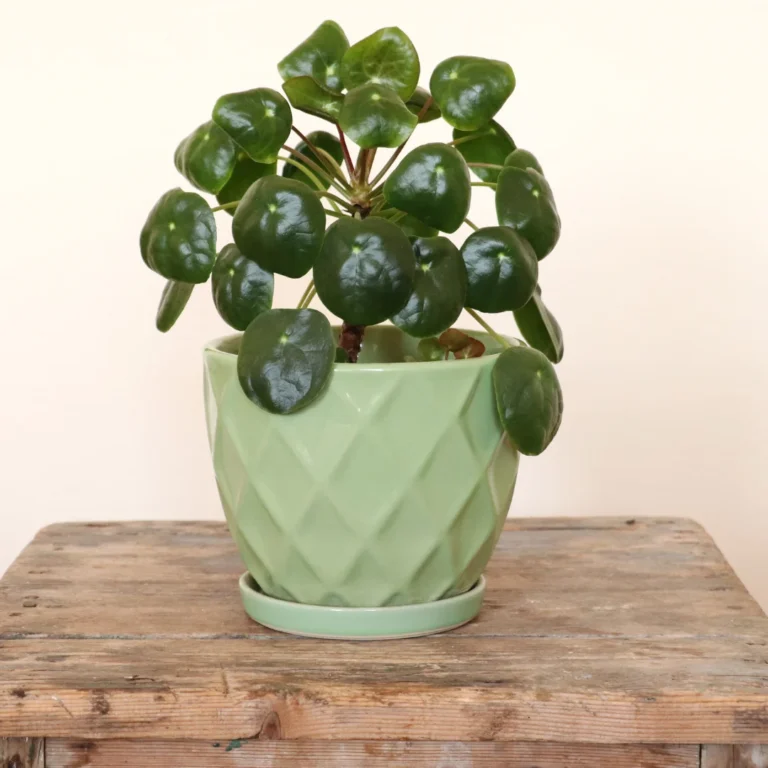
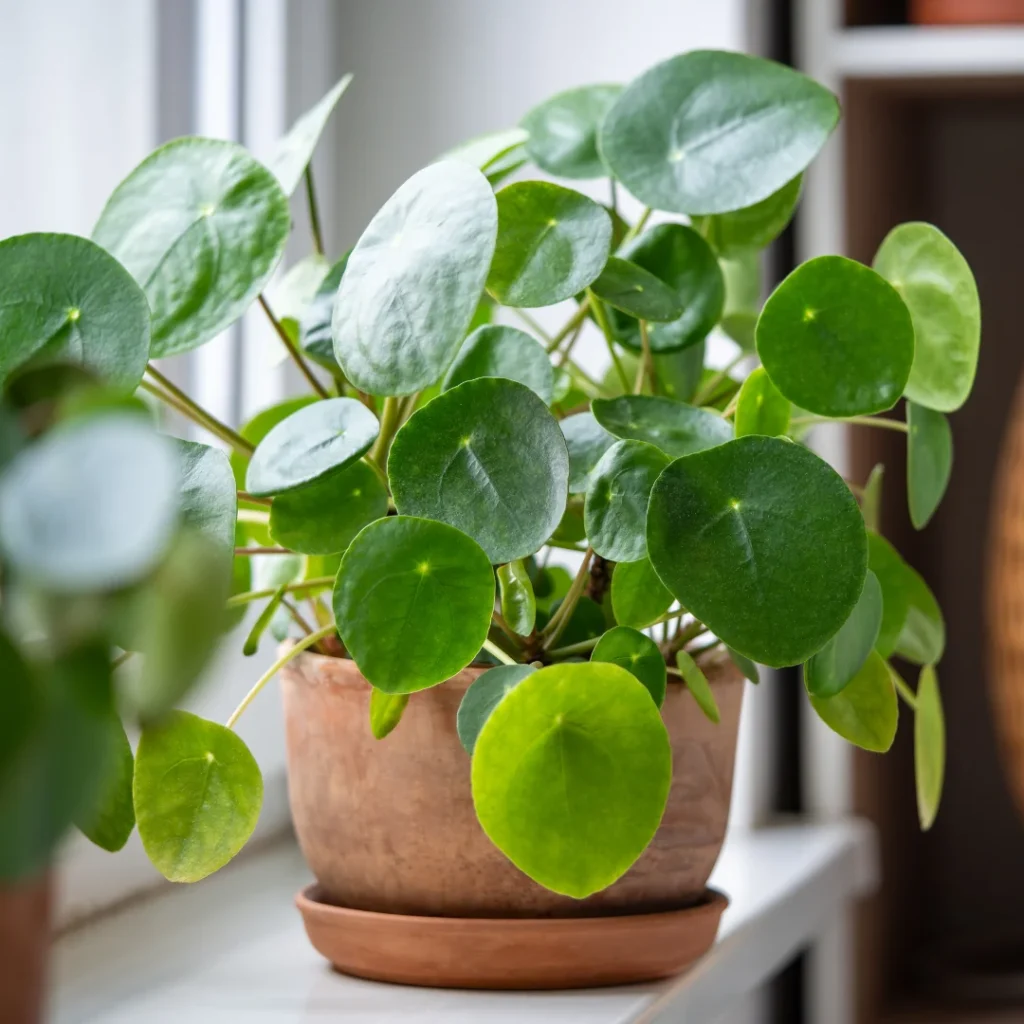
Choose the Right Chontainer
Chinese money plants have shallow roots and like to be in a root-rounded situation. So, when choosing a container for a Chinese money plant, consider the following factors.
- The size of the container/pot should be one size (2 inches) bigger than the current root system.
- Chinese money plants have shallow roots that can quickly rot if they stay in water too long. So, ensure the container has drainage holes to prevent water from sitting at the bottom.
- Containers made of ceramic, plastic, or terracotta are suitable for Chinese money plants. It’s important to note that plastic pots retain more moisture compared to ceramic or terracotta pots. This difference affects how often the plant needs to be watered.
How Much Sunlight It Needs
To ensure the pilea plant thrives, providing the right amount of light is crucial. Place it near a north-facing window where it can bask in bright, indirect sunlight throughout the day. Aim for around 2-3 hours of direct morning sunlight, but shield it from harsh afternoon rays. If natural light is lacking, consider using grow lights as a supplement.
When & How to Water
The Chinese money plant has waxy leaves, which means they hold water in their leaves. So, this plant prefers to dry out between watering. Remember the following things while watering the Chinese money plant.
- Water the plant when the soil dries out completely. Do a finger dip test or use a moisture meter to check the soil’s moisture level.
- Chinese money plants are sensitive to fluoride and chlorine. If tap water is heavily chlorinated, consider using rainwater/ distilled water/ filtered water.
- When watering, ensure that every layer of soil is thoroughly moistened. Continue watering until water flows out of the drainage holes at the bottom of the pot.
- Allow excess water to drain away completely, and never let the plant sit in water for prolonged periods.
Fertilizer for Chinese Money Plant
Chinese money plant requires fertilizer for its healthy growth.
- Use a balanced, water-soluble houseplant fertilizer for this plant. NPK (nitrogen- phosphorus -potassium) 10-10-10 or 20-20-20 works best for this plant.
- Fertilize the plant every 4-6 weeks during the growing season (summer and spring). Reduce or stop fertilizing during winter when the plant’s growth slows down.
- Apply half the recommended strength after watering the plant. This will prevent the risk of over-fertilizing and fertilizer burn.
When & How to Repot
Repotting a Chinese money plant (Pilea peperomioides) is essential for its health and growth. Typically, this plant needs repotting when it becomes root-bound, which can be identified by roots growing out of the drainage holes or visible crowding in the pot; the plant’s growth slows significantly or stops, and the soil dries out very quickly after watering. While repotting, keep in mind-
- Choose a container that is only slightly larger than the current one to prevent water retention issues that can lead to root rot.
- Use a well-draining soil mix.
- Gently remove the plant from its current pot, loosen the roots, and place it in the new pot, filling it with fresh soil. Water thoroughly after repotting to help the plant settle into its new container.
- Place the pilea plant in a spot with bright, indirect light to reduce transplant shock.


Prune to Thriev Pilea
Pruning the chinese money plant (Pilea peperomioides) is important for keeping it in good shape, promoting bushier growth, and eliminating unhealthy parts. Use sterilized, sharp scissors or blades for pruning. Summer and spring are the best seasons to prune any houseplant as these seasons are their growing time.
Protect from Pests
The Chinese money plant (Pilea peperomioides) can be affected by pests like aphids, spider mites, mealybugs, scale insects, and fungus gnats.
- Aphids cause curling and yellowing leaves and sticky residue and can be managed by spraying with water or using insecticidal soap.
- Spider mites leave fine webbing and yellow leaves, which can be controlled by increasing humidity and insecticidal soap.
- Mealybugs appear as white, cotton-like masses and cause yellowing leaves; they can be wiped off with an alcohol-dipped cotton swab and treated with insecticidal soap.
- Scale insects, which look like hard bumps on stems and leaves. It can be manually removed with alcohol and controlled with horticultural oil.
- Fungus gnats, which are small flies around the soil, cause poor growth and can be managed by letting the soil dry between waterings and using sticky traps.
To prevent infestations, inspect and quarantine new plants, keep leaves clean, and avoid overwatering. Regular monitoring and prompt action are essential for maintaining a healthy plant.
Dealing with Other Common Issues
- Droopy leaves with curling downwards indicate overwatering. Water the plant when the soil dries out.
- Bottom leaves are turning yellow, curling inwards, and gradually getting yellow, which are signs of nitrogen deficiency. Feed the chinese money plant with nitrogen-rich fertilizer.
- Leaves curling inside, forming a cup shape, indicating the plant is getting excessive heat. Place the plant where it gets indirect bright light and good ventilation.
- Losing leaf patterns occurs when the plant is kept under direct sunlight for a long time. On the other hand, if the plant is kept in low light, the leaf turns green gradually. So, keep the plant in a plant where it gets indirect bright sunlight.
- Pale yellow leaves are a sign of nutrition deficiency. Use a water-soluble nitrogen-based balanced fertilizer once every two months during summer and spring.
Propagation Process of Chinese Money Plant
Propagating a Chinese money plant (Pilea peperomioides) is a straightforward process that allows the growth of new plants from the parent plant. The Pilea plant can be propagated from its pups and leaf cuttings.
Propagation from pups
The pilea plant produces pups or babies as they mature. Propagation from the pups is the most common way. The process is as follows.
- Look for small offshoots or “pups” growing at the mother plant’s base or along the stem. These pups usually have their roots.
- Gently separate the pup with roots using a sterilized knife from the mother plant.
- Place the pup in a small container filled with well-drained soil.
- Keep the soil consistently moist but not waterlogged. Water lightly and regularly, allowing the top inch of soil to dry out between watering.
- The plantlet should establish and grow new leaves after a few weeks. The plant should be taken care of like an adult Chinese money plant.


Leaf cutting
Propagating Chinese money plants from their leaves is less common and successful than the previous method.
- Choose a healthy, mature leaf with a long petiole (the stalk that attaches the leaf to the stem) free from damage or disease.
- Using a clean, sharp knife or scissors, cut the leaf and its petiole as close to the base as possible.
- Fill a small container with water and place the cut end of the leaf’s petiole in the water. Ensure that only the petiole is submerged, not the leaf itself. Place the container in bright, indirect light and change the water every few days to keep it fresh.
- Alternatively, the cut end of the petiole can be placed in a small pot filled with well-draining potting soil. Moisten the soil lightly and cover the pot with a plastic bag to create a humid environment, ensuring it doesn’t touch the leaf. Place the pot in bright, indirect light and keep the soil moist but not soggy.
- Whether in water or soil, keep an eye on the cutting for signs of root development.
- It can take several weeks to see root growth, and not all leaf cuttings will successfully develop roots and new plants.
- Once roots have developed (in water), transplant the cutting into the soil.
- If rooted directly in the soil, continue to care for the plantlet like a mature plant, ensuring it has adequate light and moisture.
Tips for Chinese Money Plant
- Put the Chinese money plant near other houseplants. When plants breathe, they release water into the air. This makes the air around them more humid.
- Rotate the plant once every 7-10 days. This will ensure that every part of the plant gets the optimal light. And this will promote growth.
- When the pilea plant pups get a little big, place them in a new pot because they absorb nutrition from the soil and make the mother plant nutrient-deficient.
- The Chinese money plant (Pilea plant) likes to be slightly root-bound. When slightly root-bound, the plant may focus on producing more foliage, resulting in a fuller, bushier appearance.



